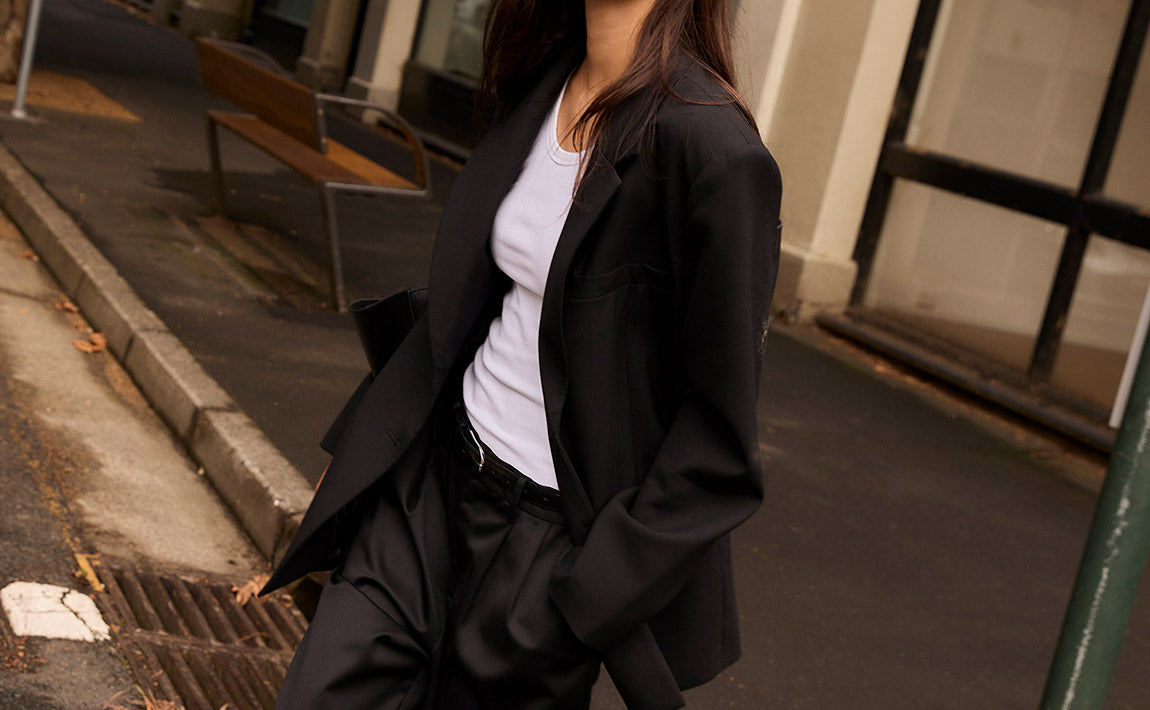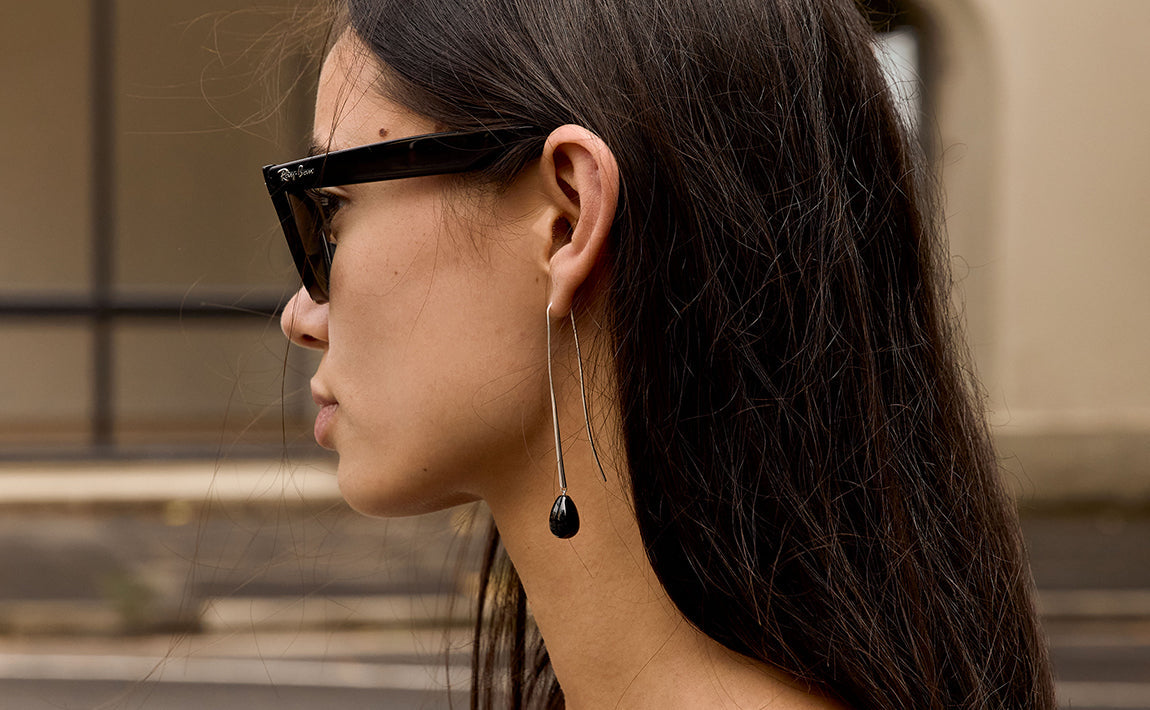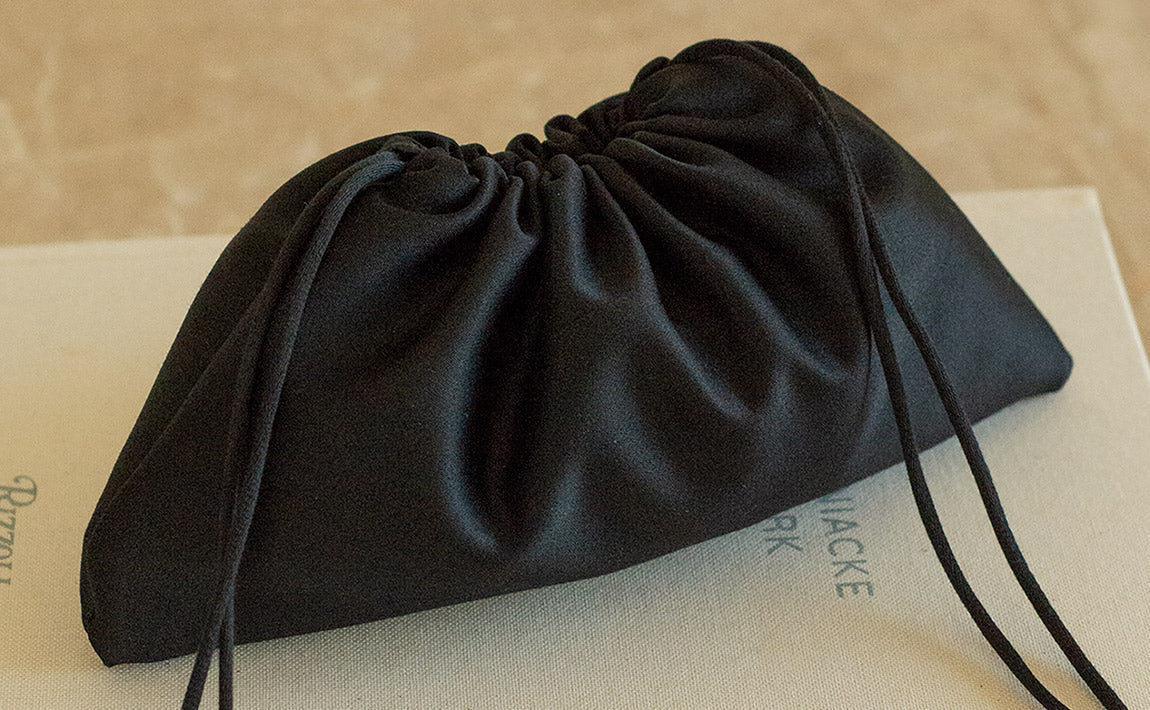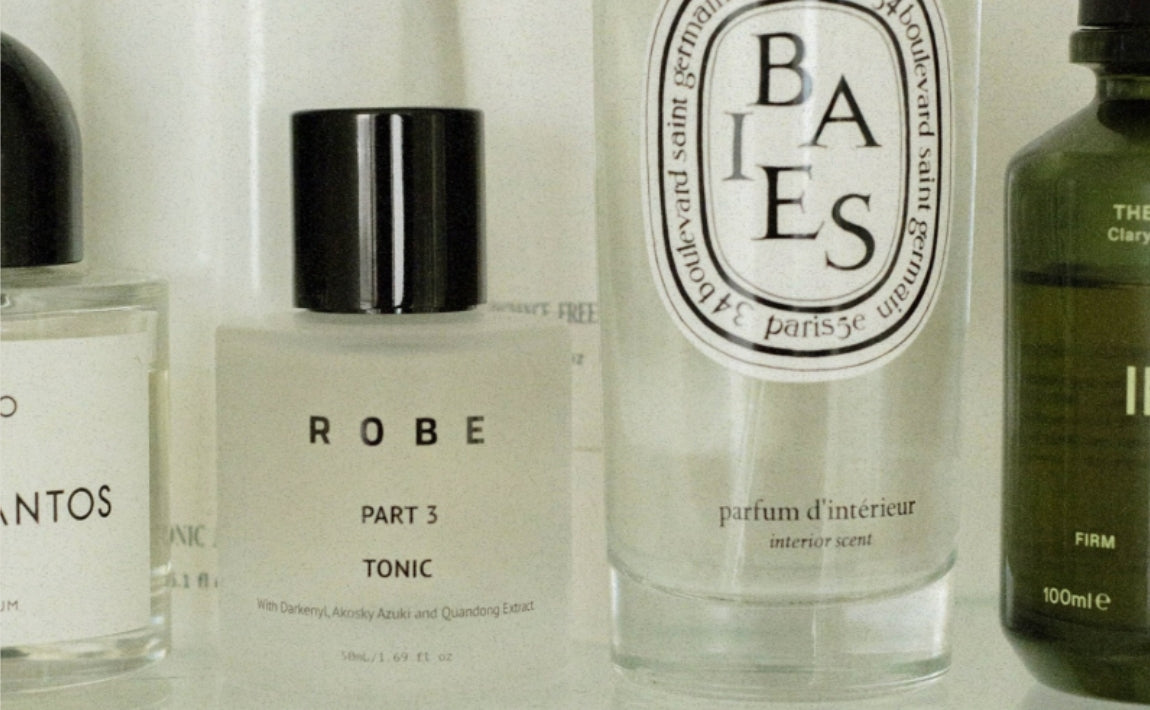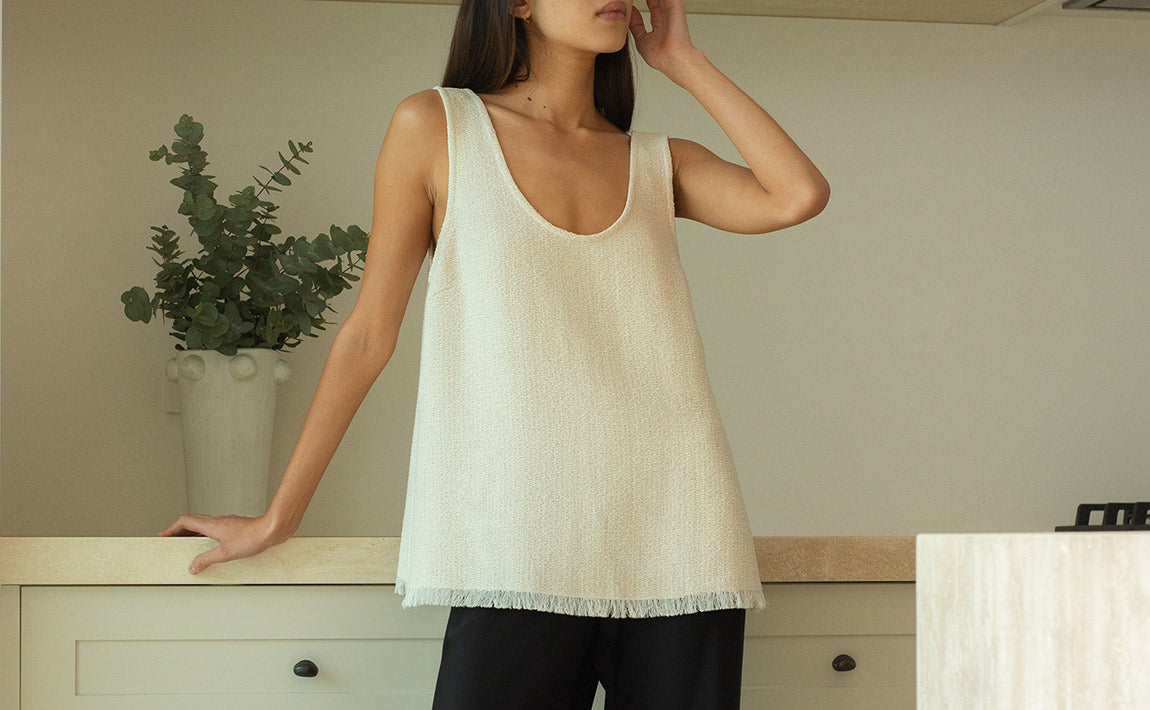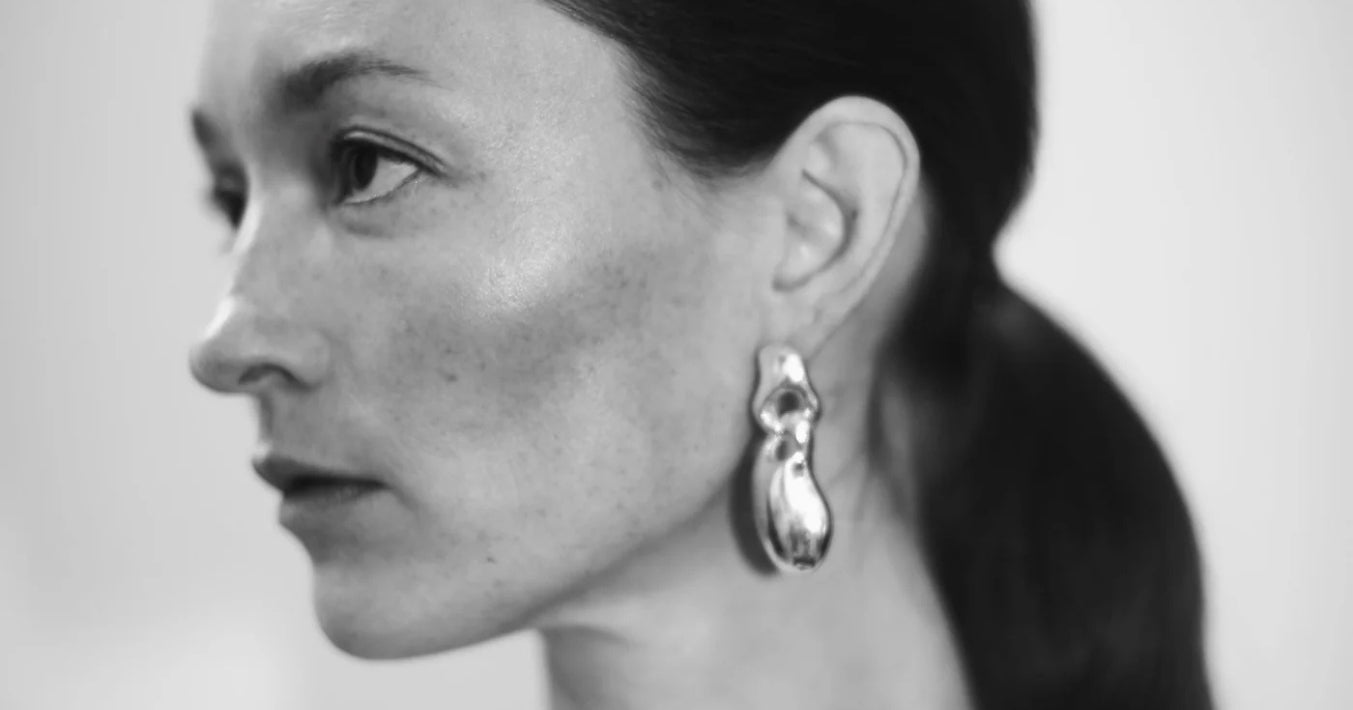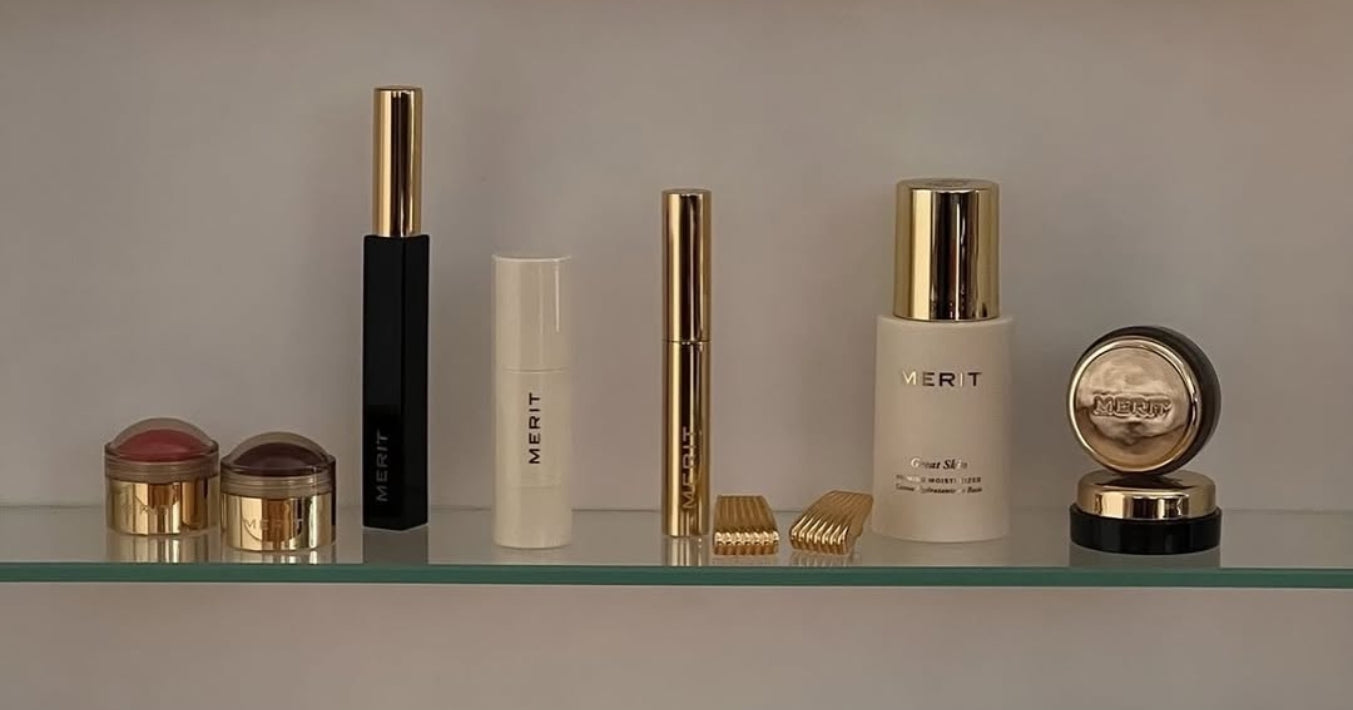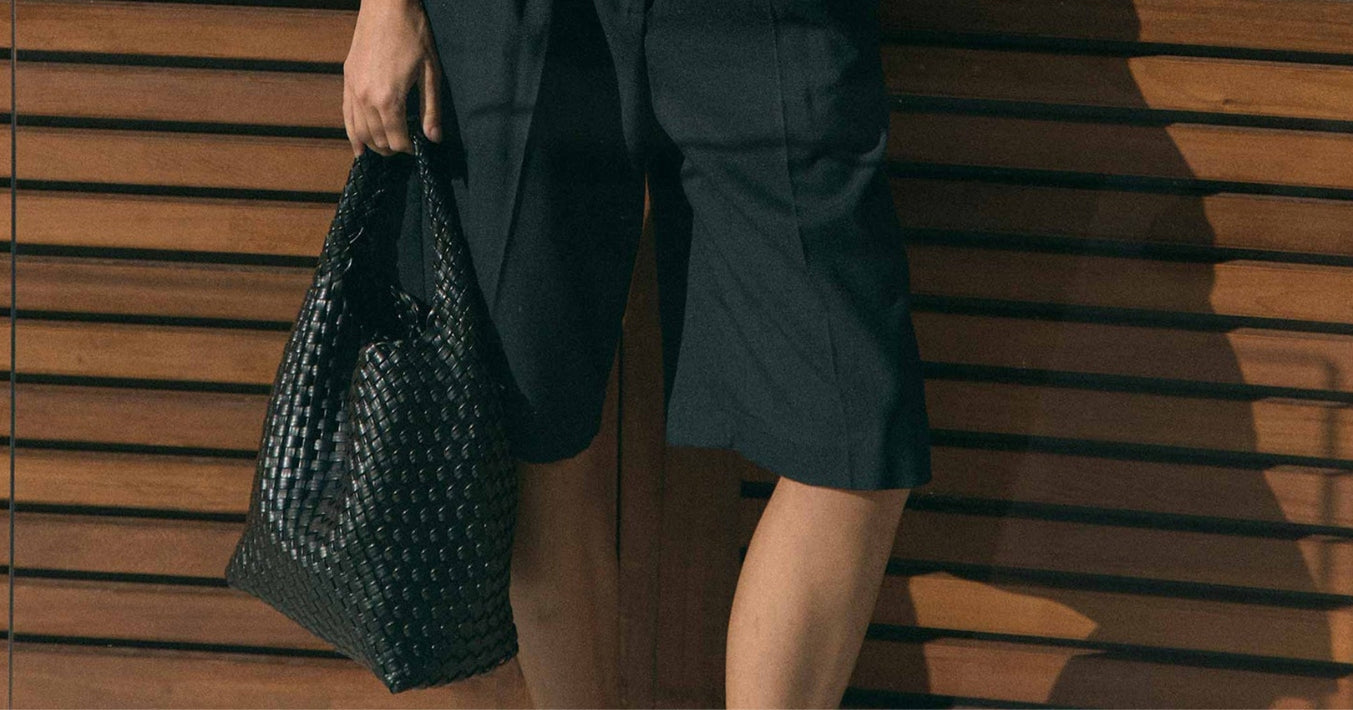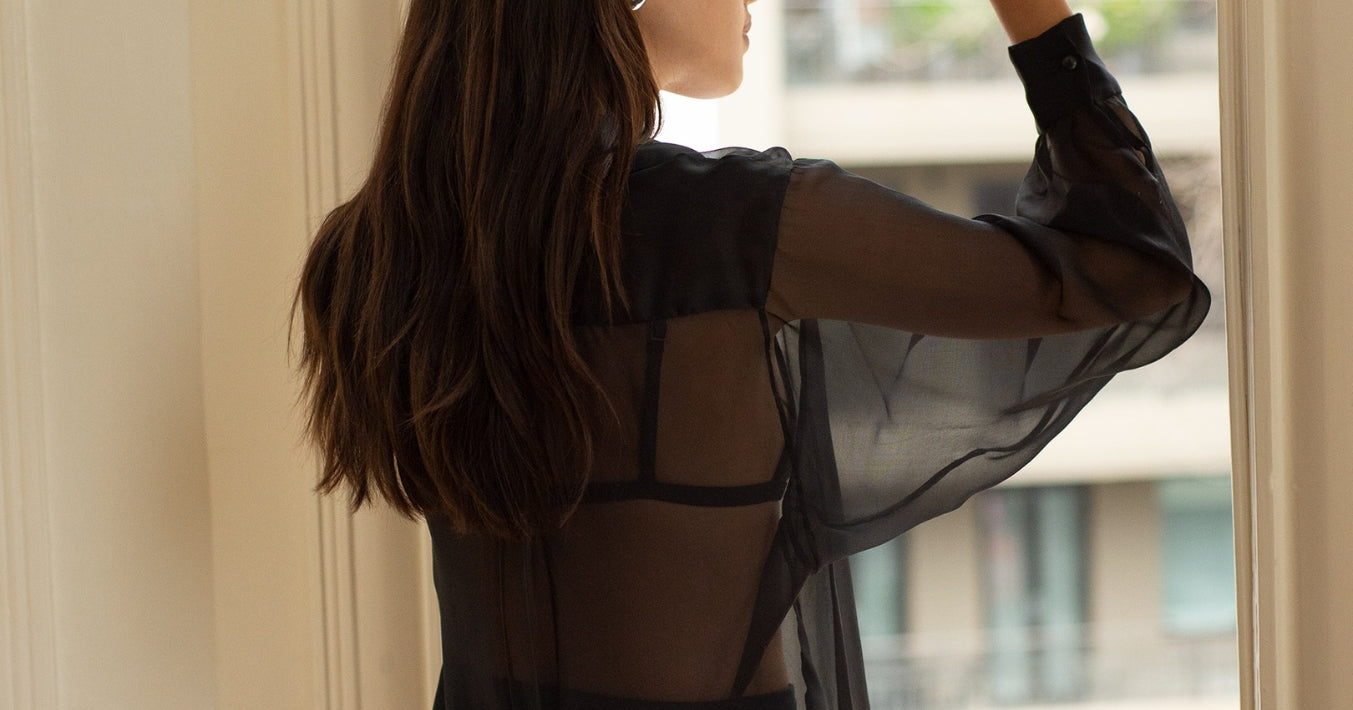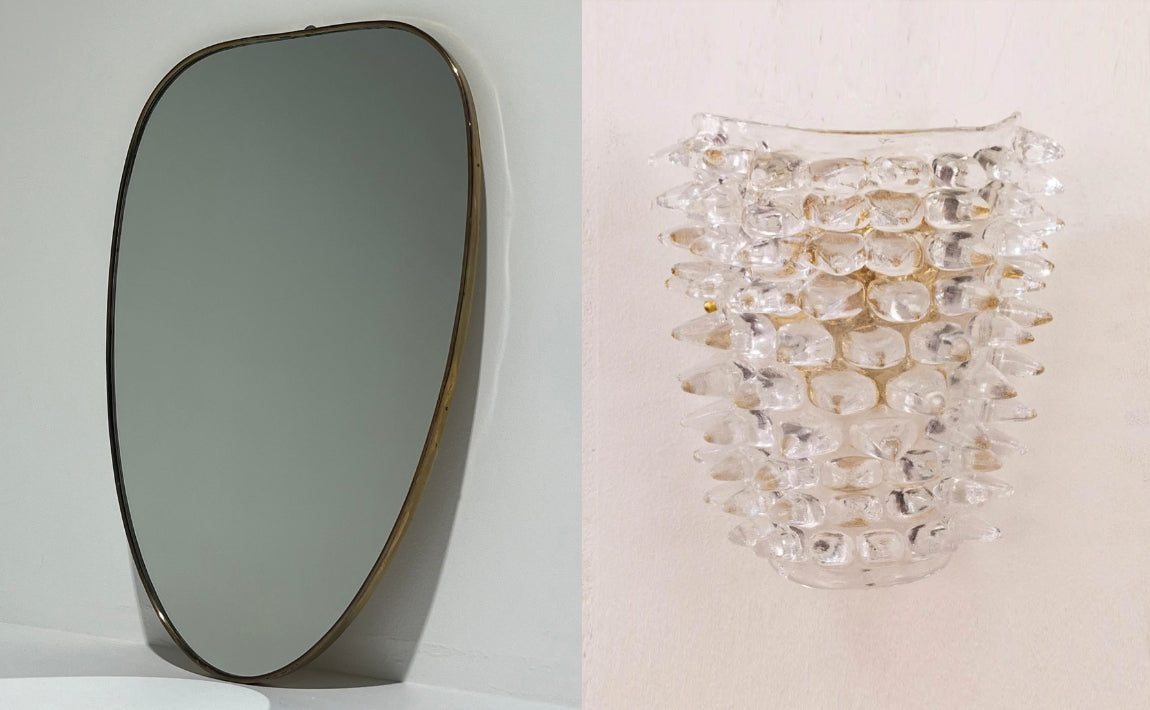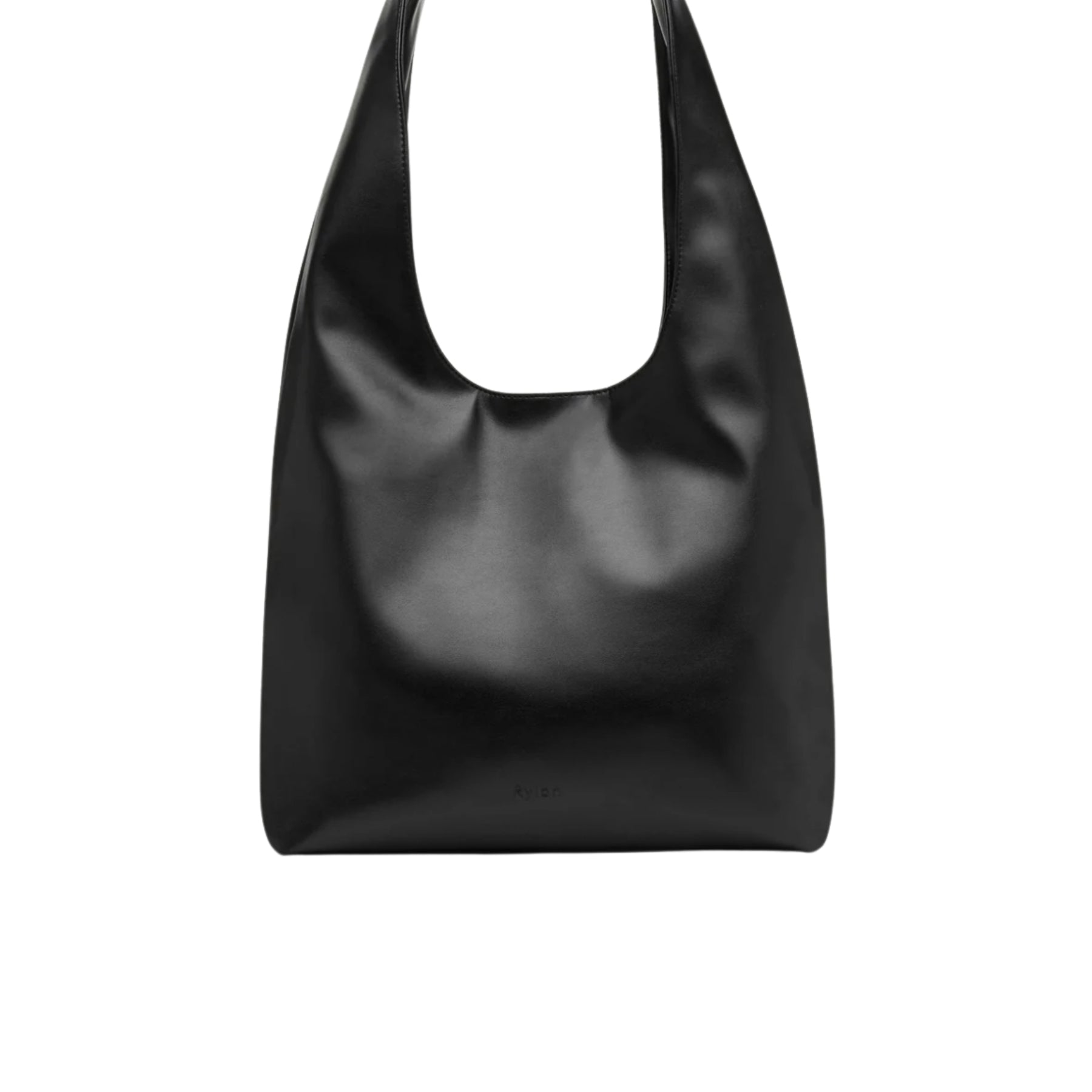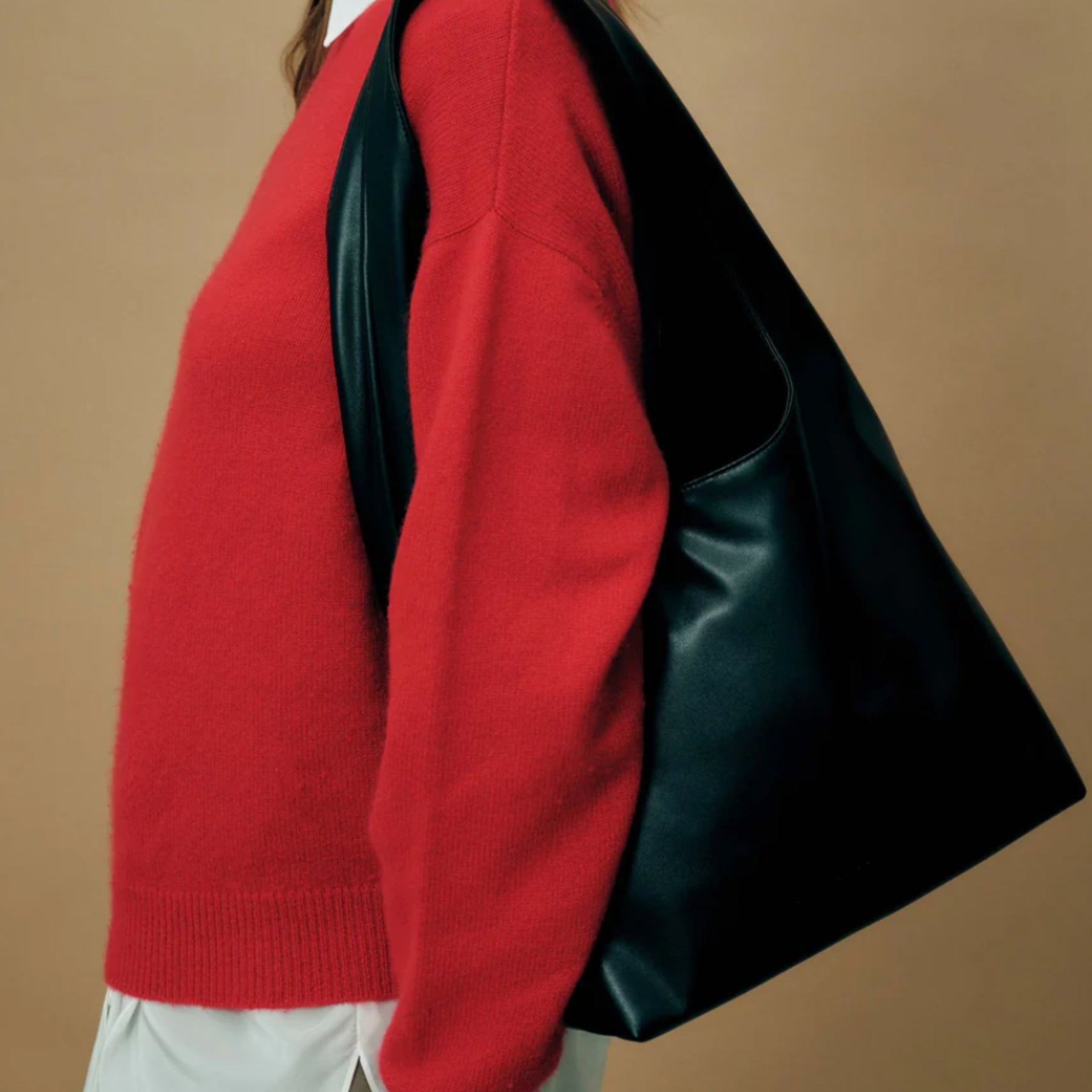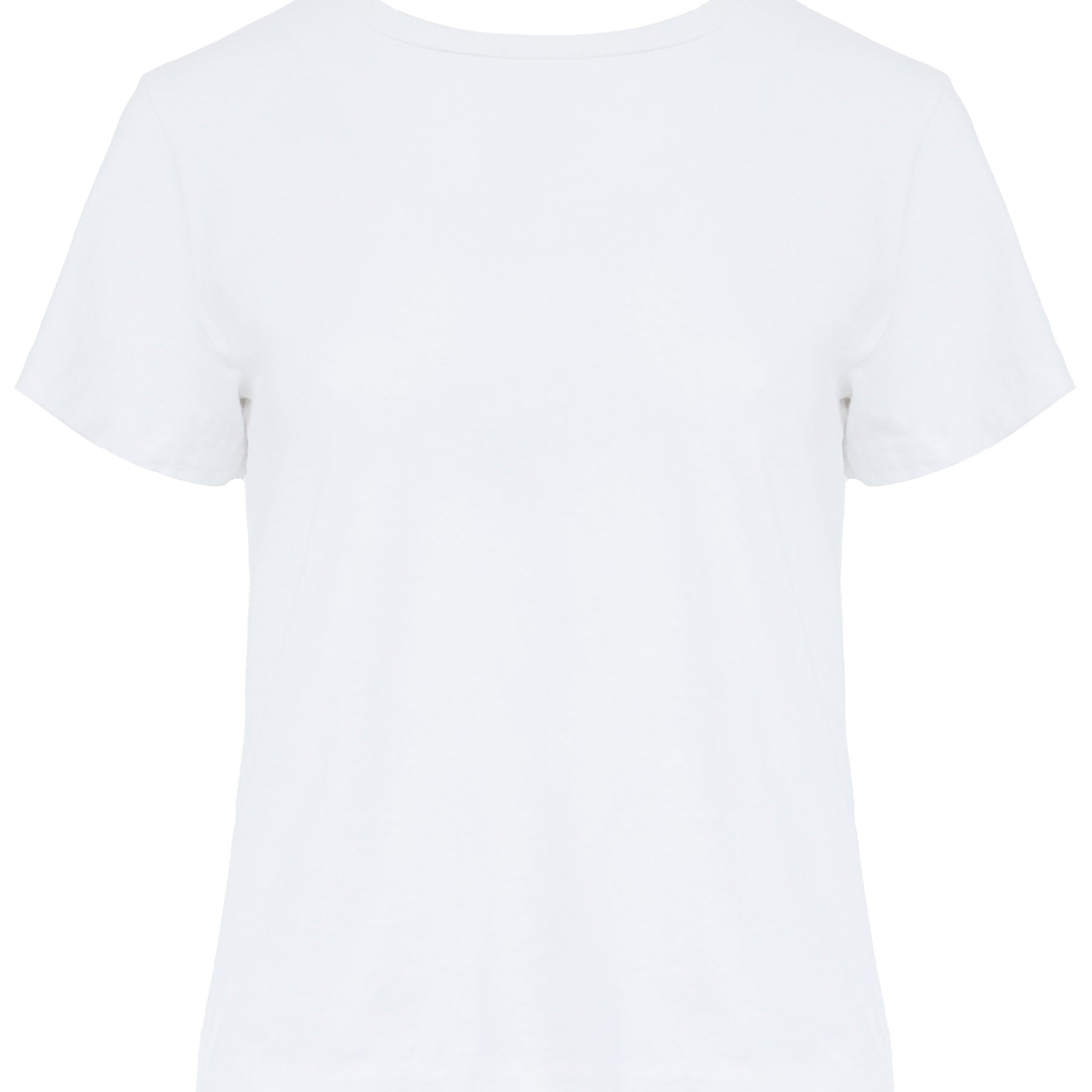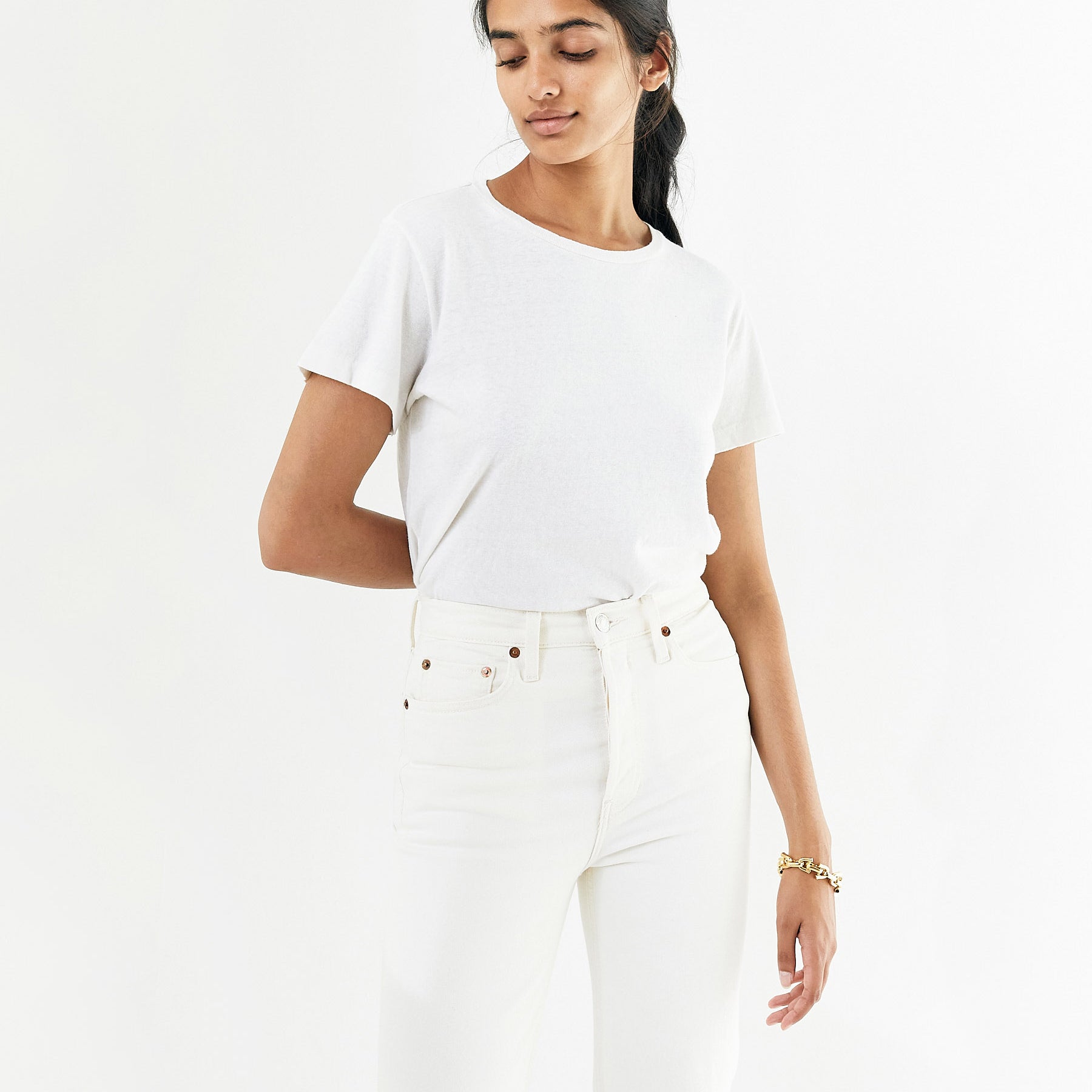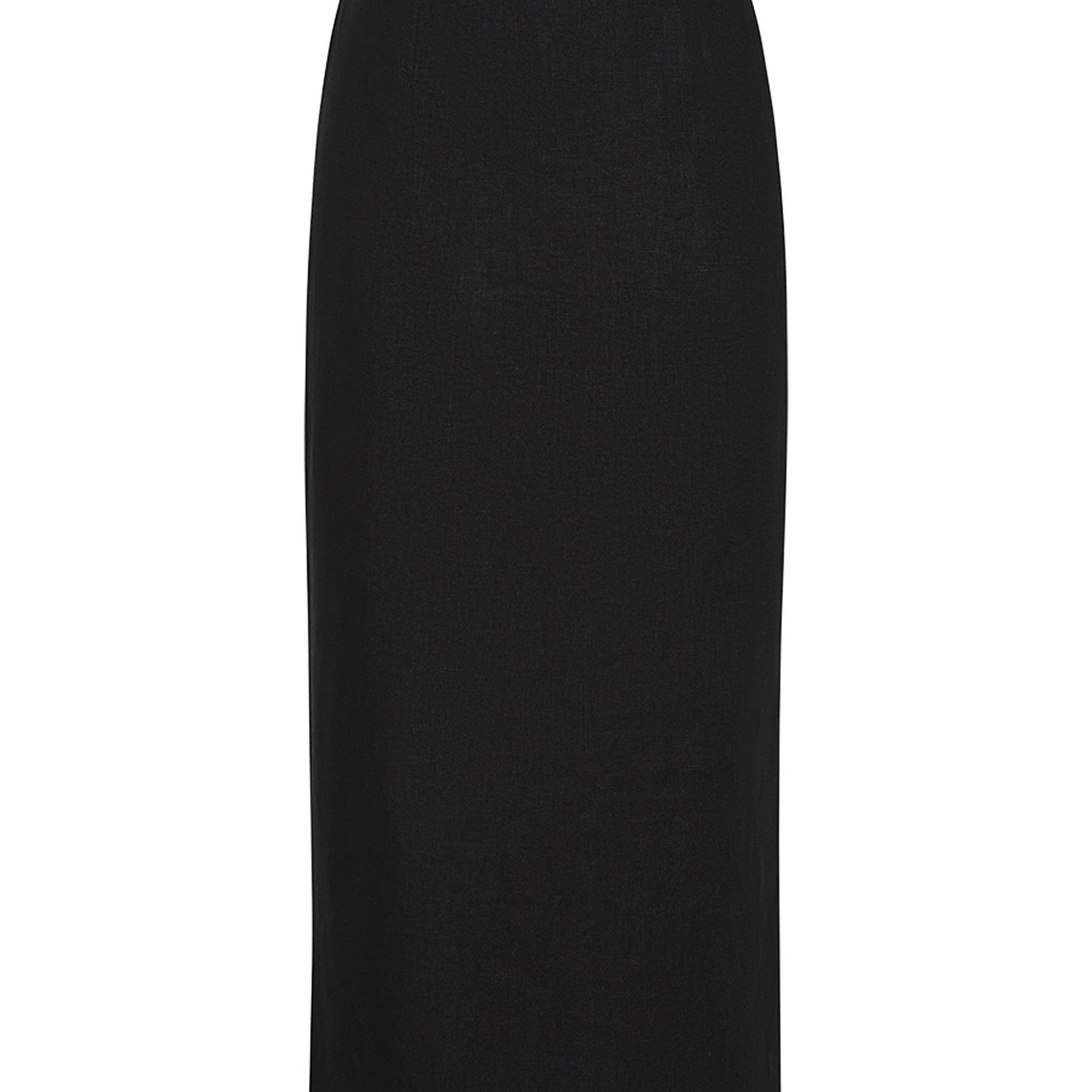Not So Fast: Why ‘Slow Fashion’ Is The Only Way Forward

It’s official, we’re firmly living in the age of instant gratification. Gone are the days of waiting until the following week for the next instalment of our favourite series — streaming has seen the conclusion of an entire season in one sitting become the norm. Very rarely does a magazine captivate us enough to venture off to the news agency to pick up a copy of their latest issue, online deliveries are coming same-day, some within the hour (!), and communication is not just instantaneous, but expectedly so.
In the world of fashion, speed is also increasingly becoming the norm. In a time when trends enter and exit your feeds so fast that you may just miss them altogether. Pair the always-on approach with high delivery speeds and rapid inventory turnover, and we fear we may be soon reaching the point of no return. “If the fashion industry is good at anything, it is figuring out how to make things cheaper and how to get them to you faster,” fashion editor and author of Sundressed, Lucianne Tonti, tells The Undone’s Journal. “Shein is using a combination of AI, microfactories and cloud technology to turn styles around at hype speed — when the other fast fashion players figure out how to do this too we'll be in even more trouble than we are now.”
The early front runners H&M and Zara are now considered slow by comparison to their new gen competitors, creating the need for the new term ‘ultra fast fashion’ to be invented. Sure, on one hand, fast fashion has democratised trends that were once restricted to the runways of Europe and behind the heavily guarded doors of designer boutiques. But that’s really where the perceived positives end. In a time where waste is a global crisis and we’re only becoming more and more educated on our carbon footprint, we’re not sure that there is, or should be, a place for fast fashion in our wardrobe, especially if we’re in a privileged position to choose an alternative. The question we need to ask ourselves, why do I need this now?
The hopeful part of us thinks ‘is there the potential to still be thoughtful when shopping ‘fast’?’ The answer isn’t so straightforward. “Fast fashion can be thoughtful depending on whose hands it’s in, but the nature of the business model is to encourage purchases based on mindless desire,” suggests Tonti, adding: “I'm sure there are people who take their fast fashion purchases very seriously but ultimately, that's not what's driving its omnipresence.”
While you can do your part to ensure the shelf life of a fast garment lasts, most cases will see the speed of production compromise the quality of a garment, which was likely made from inexpensive, low quality fabric in the first place, and we haven't even touched on the ethical aspect of how these prices are kept so low. Then there’s the inability for someone to deliberate on a piece before adding it to cart — they’ve conditioned us to think we need to buy it quickly before it sells out. And if you analyse past decisions in your life, you might be reminded that quick decisions don’t always lead us to great choices.
So, where to from here?
First, we need to change our mindsets — if we haven’t already. After living ‘fast’ for so long, we’ve come to value virality, speed and volume above all else. The dopamine hit we get each time a package hits our doorstep has seen us sacrifice quality, and appreciation for classic pieces has plummeted.
“I do think the pace of consumption and the need for something 'for the moment’ or a ‘trend' is leaving us disconnected from our pieces. It just all feels so disposable sometimes,” says Charlotte Hicks, the Founder and Creative Director of ESSE, who herself feels disheartened by the current state of fashion. “It leads to devaluing the designs, and by extension the people who have been involved in bringing that piece to life.”
To put us back on a more sustainable path, a mental shift must happen so that we once again subscribe to the sentiment that what is truly good is “worth the wait”. If it’s not the high grade and unique design of a slower garment that convinces you to do so — one which will be with you for years to come — then it might be the fact that these pieces are special, like your own little style secret you can hold onto.
It’s these considerations and more that are at the core of all Hicks creates for ESSE, painstakingly deliberating on single pieces to ensure they are “worthy of existing.” “Sometimes it is to my detriment as it can take over my every thought,” shares Hicks, who herself gives an industry perspective on how habits can (and should) change on the other side of the consumers’ clicks. “I don’t want to let that go, because designing with intention and that level of consideration really needs to be at the core of what we do. I believe it's our responsibility, as both designers and business owners. If we are putting it out there, and making something out of nothing, we need to make sure there is a reason for it to exist.”
Take note of how Hicks herself deems a garment worthy of existing for your own processes when considering a purchase: “Will [you] get up in the morning and naturally reach for it? Or if it’s a bit more of a special piece, will [you] get so inspired to put it on?”
If pieces like these stay with us for a long time, as they’re created to do so, these will be the very items in your wardrobe that become your most worn, and which many (if not all) your outfits hinge on. Their stock rises. Whether it’s the best fitting pair of blue jeans you’ve ever found, or the black blazer that ties any look together, you’ll find yourself doing anything to keep that garment in your wardrobe.
As fashion and style appreciators, it’s inevitable that we’ll continue to build upon our wardrobes, even after we’ve finished building our capsules and ticking off the essentials. But where we need to challenge ourselves is at the pace at which we consume, the time we give ourselves to search and then pause and ponder if this is, actually, what we want, to wear and hold onto for the long term. And as the story goes, we all know who won the race between the fast and slow, so let us all go and think it over, and then, a little bit more.

